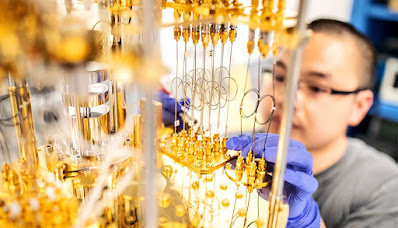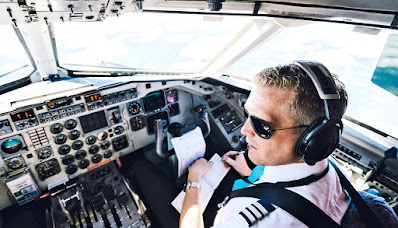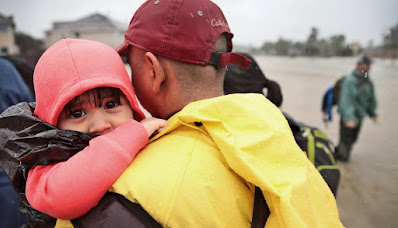QUANTUM BIT COMMUNICATION BREAKS DISTANCE RECORD
2 new studies are big actions towards the development of quantum technology.
In one, scientists knotted 2 quantum little bits using sound for the very first time and, in another, they built the first-rate long-range link in between 2 qubits to this day. The work brings us better to utilizing quantum technology to earn more effective computer systems, ultra-sensitive sensing units, and secure transmissions.
"Both of these are transformative advances to quantum interactions," says coauthor Andrew Cleland, teacher of molecular design at the Institute for Molecular Design at the College of Chicago and Argonne Nationwide Lab. Cleland formerly led the group that built the first "quantum machine," showing quantum efficiency in a mechanical resonator.
cara agar menang jakpot slot online uang asli
"Among these experiments shows the accuracy and precision we can currently accomplish, and the various other shows an essential new ability for these qubits," he says of the new research.
THE DISTANCE PROBLEM
Researchers and designers see huge potential in quantum technology, an area that uses the unusual residential or commercial homes of the tiniest bits in nature to manipulate and transmit information.
For instance, under certain problems, 2 bits can be "knotted"—their fates connected also when they're not literally connected. Entangling bits allows you to do all kinds of cool points, such as transmit information immediately to space or make unhackable networks.
But the technology has a lengthy way to go—literally: sending out quantum information any considerable quantity of range, along cable televisions or fibers, remains a huge challenge.
In a research study in Nature Physics, Cleland's laboratory built a system from superconducting qubits that traded quantum information along a track nearly a meter lengthy with incredibly solid fidelity—with much greater efficiency has been formerly shown.
"The combining was so solid that we can show a quantum sensation called ‘quantum ping-pong'—sending and after that capturing individual photons as they recover," says first writer Youpeng Zhong, a finish trainee in Cleland's team.
Building the right device to send out the indicate was among scientists' advancements. Forming the pulses correctly—in an arc form, such as opening up and shutting a shutoff gradually, at simply the right rate was the key.



